Rare and Endangered Species Trust, REST in short, is world-renown for its vulture and pangolin conservation efforts. REST was the first in Africa to install satellite trackers on vultures and the very first in the world to successfully record a pangolin birth and raise a pangolin pup in captivity. We got a behind-the-scenes look at their work as volunteers: read on to learn more about REST and how you can support their work.
REST as a Vulture Conservation Pioneer in Africa
Conservationist Maria Diekmann founded REST in 2000 to protect Namibia’s critically endangered vultures. Maria saw the plight of the Cape Griffons from a close distance, as her property in Waterberg Plateau was the breeding site for Namibia’s last Cape Griffon vultures. Back then, Namibia’s vultures were on the verge of extinction with only 12 individuals left.
Soon, REST become world-renown for its pioneering satellite tracking technology, successful vulture captures, and releases. REST was the first organization in Africa to fit a satellite tracking unit on vultures in 2004.
REST’s Pangolin Conservation Successes
REST got into pangolin conservation almost accidentally, after rescuing a pangolin who was just about to give birth. Maria Diekmann was the first in the world to record the birth of a pangolin pup – and then to live with a rescued pangolin mom and pup. After three years of rehabilitation, Roxy the pangolin mum and her son Katiti were successfully released in the wild.
Since then, pangolin conservation has been a huge part of REST’s work. So much so, that the local community often calls Maria when pangolins are found or being traded. Many pangolins have received love and care at REST before being successfully released. Over the years, REST has rescued more than 50 pangolins.
REST’s Good Conservation Policy: Rescue, Rehabilitate and Release
REST believes in good conservation, where preservation of the species and welfare of the animals come first. It means that animals are only kept in captivity if their physical or mental health requires it. We couldn’t agree more!
Creating Awareness for the Pangolins
REST has had a huge role in creating awareness and media attention for pangolins. The first-ever pangolin documentary, BBC’s Pangolins: The Word’s Most Wanted Animal (2018-2019), features Honey Bun the pangolin and Maria Diekmann’s passion to save the species.
When we were volunteering at REST, the BBC crew was filming there again. This time Amos the pangolin was the star of the show – we cannot wait to see the outcome!
The Official Trailer: Pangolins – The World's Most Wanted Animal
Why and How to Donate to REST
We’ve witnessed first-hand the invaluable work REST does for the pangolins and other endangered species in Namibia. They keep the maintenance costs low and truly focus on releasing all rescued wildlife back in nature where they belong.
By donating to REST you can be sure that your money goes straight into saving the wildlife: direct care of the injured animals and their rehabilitation, trailblazing research, and educating the local communities.
By donating to REST, you can get a new leaf with your name to the tree of life painting in their visitor’s center. You can sponsor a pangolin for a month or year – or eagles, owls, vultures, or other rescued baby animals. Check out all the sponsoring options on REST’s website: www.restnamibia.org.
Support REST by Visiting Their Wildlife Center in Namibia
You can also visit REST on your way to Etosha National Park because REST is located between Windhoek and Etosha. On a day visit, you will learn more about pangolin conservation, visit a bird aviary, and meet some of the animals that are currently in the wildlife center. If there is a rescued pangolin, on an afternoon tour you might be lucky to accompany its keeper for a little while when the pangolin is foraging in the wild!
As REST tries to release all animals that can safely be released back to the wild, it’s not guaranteed that you will see a pangolin or any other animal that has been in the wildlife center in the past. Still, you will meet some of the resident animals that cannot be released due to their injuries or other reasons. The current long-term, non-releasable residents include for example Ollie the Bateleur (who cannot fly due to the snare injuries), Nesher the Cape Griffon Vulture, and Jacky the jackal.
You can book a day tour here and check overnight experiences and accommodation options here. There are also accommodation, a campsite and further activities available if you wish to stay in REST overnight. All visits need to be booked in advance.
Volunteering at REST: Our Experiences
Volunteers and students have an opportunity to taste the daily life at REST. There are no fixed dates: if you’re interested, just contact REST and agree with them on the length and dates of your stay.
Here’s what we were involved with during our (too short!) one-week volunteering gig at REST:
- Walking and monitoring Amos the pangolin when he foraged in the wild. We were extremely grateful to accompany Amos’ keeper almost every evening. This was obviously our favorite activity and something we will cherish the rest of our lives – thank you REST! Amos sadly passed away in 2020 due to the illness, without conclusive cause of death. Amos was rescued from the wildlife trade and had severe injuries because he had jumped to his freedom from a factory window.
- Taking care, feeding, and playing with a recently rescued baby warthog Max – who is now happily released!
- Daily feeding the birds in the aviary: vultures, eagles, and owls.
- Feeding Thea the duiker, adult warthogs, and Jacky the jackal
- Chopping many kilograms of raw meat – daily (this is why REST needs good scissors, you can see REST’s Amazon wish list here)
- Clearing and burning the bushveld with the staff and other volunteers (hot and physically demanding task but also rewarding as it made the nearby bush better for the pangolins)
- Helping with the daily tasks at the wildlife center, including cleaning indoors and outdoors, making paths, helping with the guided tours, etc.
For volunteers, each day at REST is an adventure. We also got a special treat as a departing gift: on our last night, we watched “Pangolins: The Most Wanted Animal” with Maria at her house. The documentary itself brought us to tears, but to make the moment life-changing, Amos the pangolin walked down to the couch to greet everyone!
Unfortunately, we didn’t meet the word-famous Honey Bun the pangolin, who also starred in the BBC documentary, as she was exploring the wilderness on her own for the whole duration of our stay.
We’ll wrap up with the viral video of Honey Bun the pangolin.
Please consider supporting the incredible work of REST by donating if you can! You can also hit like on Facebook and Instagram to follow them.
Conserving Namibia’s “Forgotten Five”: From Frogs and Vultures to Pangolins
Rare and Endangered Species Trust (REST) has chosen to focus on conserving Namibia’s “Forgotten Five”. The lesser-known endangered species on REST’s list are Cape pangolin, Cape vulture (Cape Griffon), dwarf python, spotted rubber frog, and Damara dik-dik. They are working to save the underdogs, species that are lesser-known to the masses, to preserve biodiversity.
Although pangolins are now labeled as critically endangered and have – deservingly so – jumped into the spotlight of international media, at the time when REST was founded in 2000, none of the “forgotten five” were even listed as endangered by CITES. That makes the choice even braver: imagine how hard it is to get funding for saving species like vultures and rubber frogs that aren’t honestly as interesting for the masses – or the media – as the well-known “Big Five” animals, such as rhinos and elephants!


